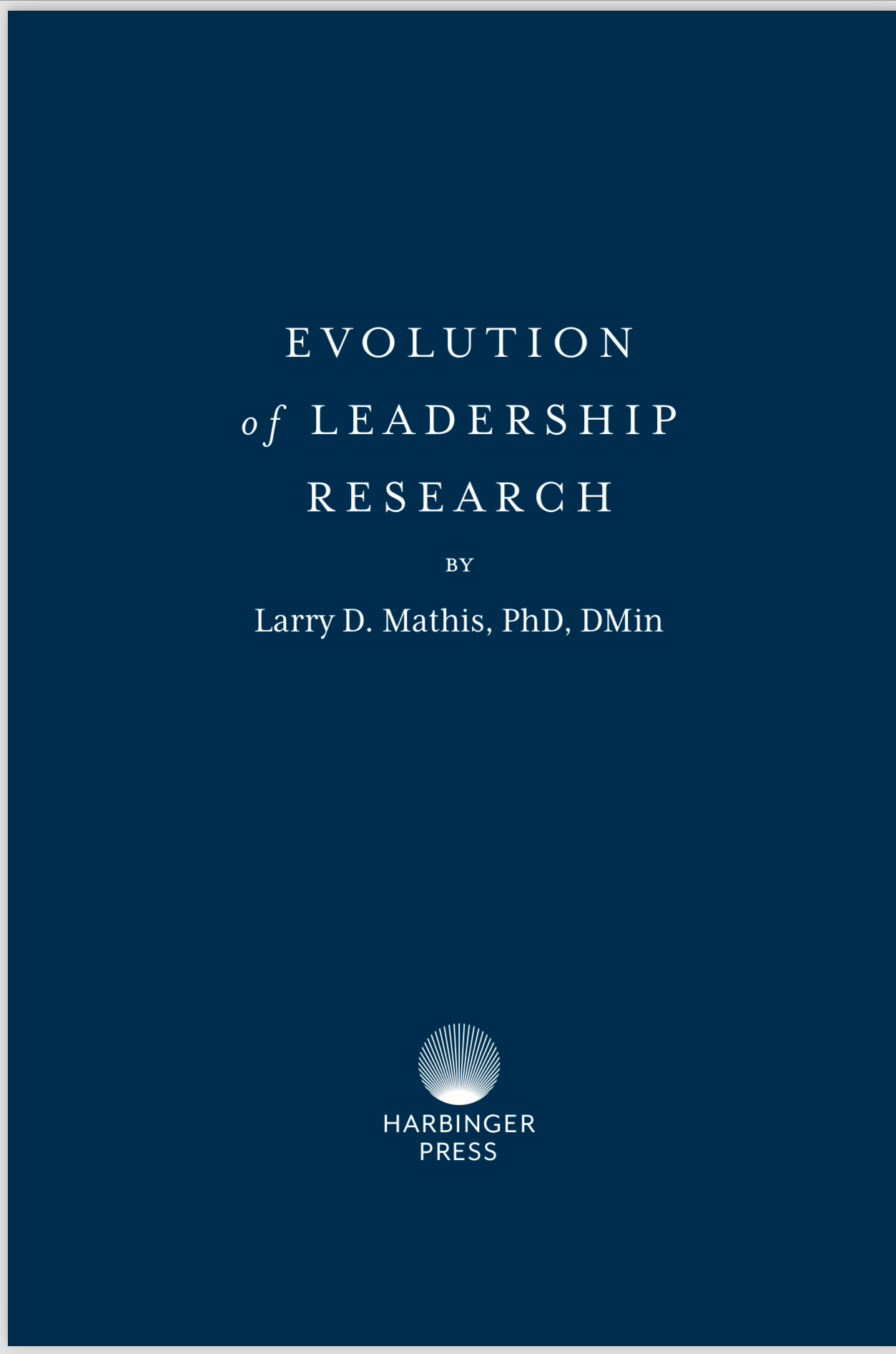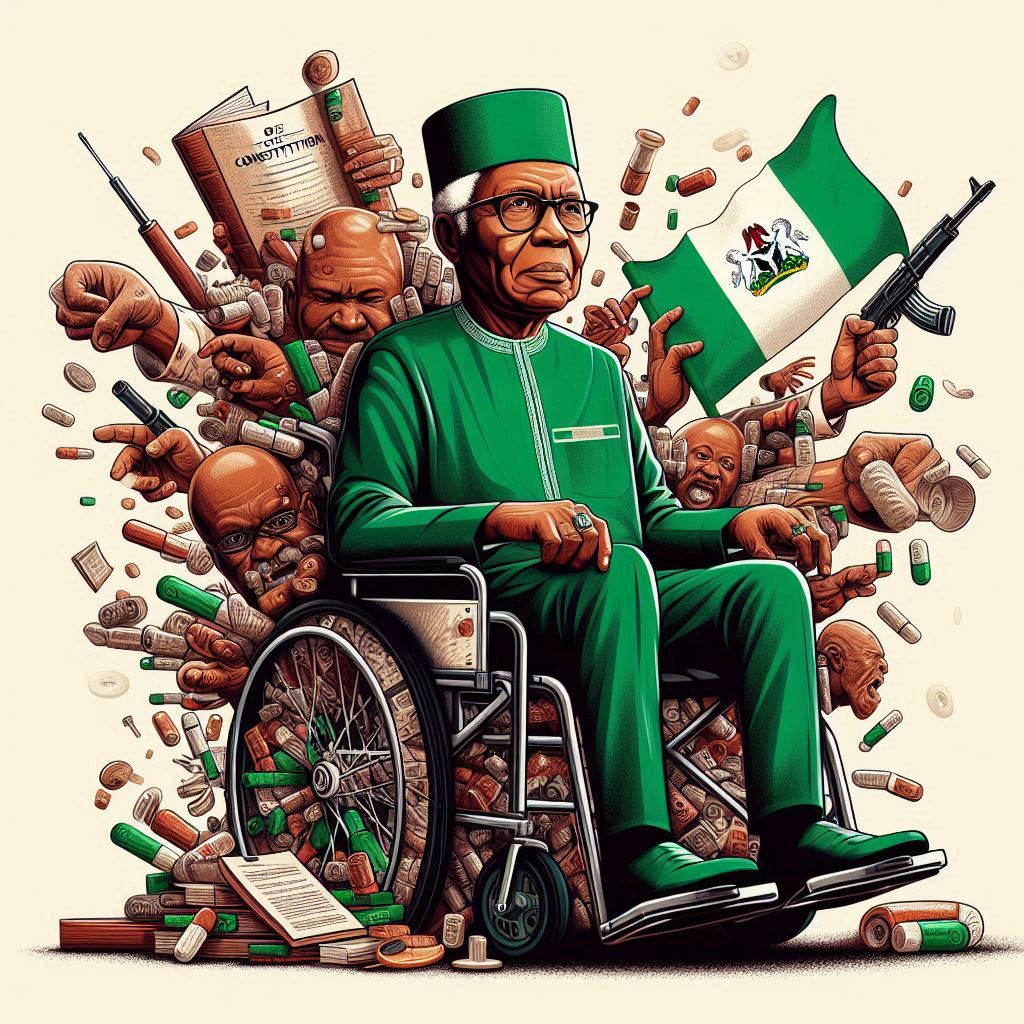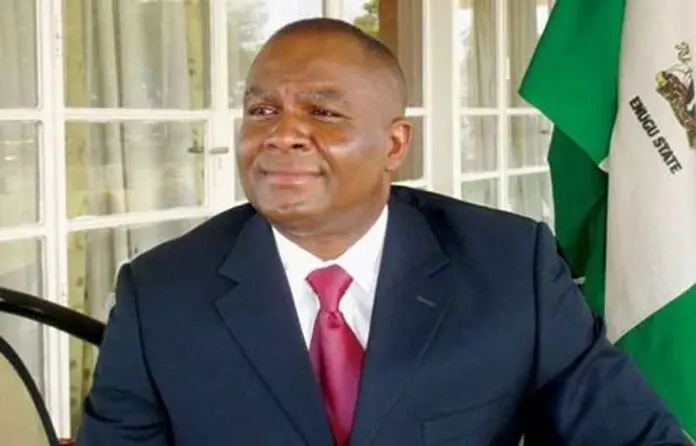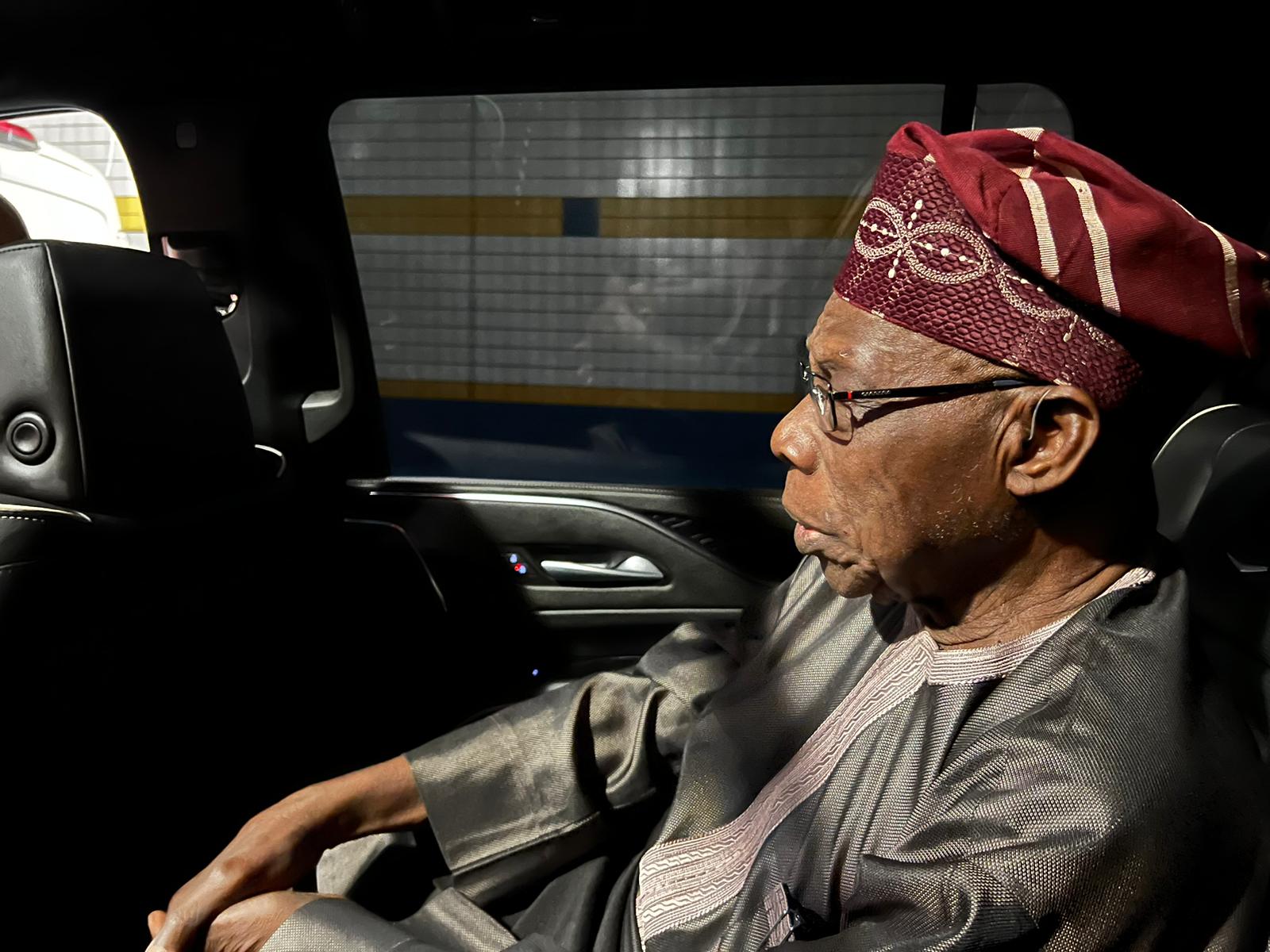culled from GUARDIAN, March 20, 2006
Nigeria plans to conduct a head count to determine the actual population of the country on March 21 through March 25, 2006. To accomplish this, many activities including movement throughout the country will be restricted.
Without a doubt, population census has remained the most sensitive and most controversial in the politics and administration of Nigeria. Many will be surprised to learn that it was the indirect cause of the Biafran civil war and the 1975 coup d'etat. For the 2006 census, Nigeria plans to spend $121.4 million, half of which is contributed by the European Union. Already, controversies are raging on the plan to eliminate data on religion and tribe.
The first census conducted in any part of Nigeria was in 1866, when British colonialists counted Nigerians only in the then Lagos colony. Another census took place in 1911 in both northern and southern protectorates. The first nationwide census was conducted in 1921, seven years after the amalgamation of the northern and southern protectorates by the colonialists in 1914. Following this, censuses were conducted in 1931, 1952, 1953, 1962, 1963 and 1973.
The last census conducted in Nigeria took place in November 1991. Contrary to the projected figure of 100 million people, the nation's population was put at 88.5 million. As soon as the figure was released, a lot of eyebrows were raised. Like all the previous census results, it was terribly flawed. One such census was conducted in 1973. Those prominent Nigerians charged with this important project, like those before them, could not put aside tribalism, as a result, the resulting figures didn't even add up as those (military) in power manipulated the exercise to secure anticipated advantage in national revenue sharing and political representation.
An earlier projection of Nigerian population, based on the 1963 census, put the population at 120.5 million. This same estimate was projected by international organisations. The final 1963 census figure put Nigeria at 55.66 million. Was Nigeria really 55.66 million in 1963? This question became necessary when considering a projected 120.5 million and a recorded 88.5 million. How wrong was the figure in 1963 or how right was the figure in 1991? Otherwise why were these projections by several organisations so far off base? Overestimation of more than 40 per cent is no estimation. One could as well simply pull a number from the top of his head or from the lottery machine and use that to represent the country.
It is true that even in advanced countries, such as the United States, problems are encountered in the course of population count. Following the 1990 U.S. Census, several states and urban centres indicated that they were undercounted. The U.S. Census Bureau issued a statement acknowledging an error in the one per cent region. Considering that sound economic planning in any society is based on a sensible census figures, how reliable are our figures? What are the drawbacks of such undoing?
Perhaps to fully understand the census figures of 1991, it might be necessary to revisit the previous census figures of 1963. The first post-independent Nigerian head count occurred in 1962 that put Nigeria population at 45.26 million. At the end of the exercise, northern Nigeria was 22.01 million while the south was 23.25 million. Southern hopes for reapportionment of legislative seats were buoyed by the results. When this result was presented to Abubakar Tafawa Balewa, the Prime Minister, who was a northerner, he rejected the result outright.
Abubakar saw no reason why southern Nigeria should have been more populated than the north. He promptly fired the British representative, J. J. Warren, who was in charge of the census and usurped the position. He then called for a 1963 census. Following the recount, he announced that northerners were undercounted by a whopping 8.5 million! The nation's population was reported to be 60.5 million, a figure which the census officials believed to be impossibly high. The figure was scaled down to 55.66 million. With this new addition, the northern figure ballooned to 31 million and this result was deemed acceptable by the Prime Minister, Abubakar.
The South did not waste time disputing the new figures. Following a little doctoring, the North was finally put at 29.8 million, a little less than the 31 million attained previously in the recount while the South was reduced to 25.9 million. In the recount, the East, Midwest, and Lagos remained virtually where they were in the 1962 census at 12.4, 2.5, and 0.7 million, respectively. The West increased from 7.8 million in 1962 to 10.3 million in 1963.
The figures were rejected by both Premiers of the East and Midwest, M. I. Okpara and Dennis Osadebey, respectively. Okpara sued for the nullification of the census figures, but his suit was dismissed. Akintola, whose party was in alliance with Abubakar's party, accepted the figures. Not surprisingly, therefore, the West, like its political partner, the North, had a sizeable increase. It was this same 1963 census figure that led to the election controversy in the West in 1965. The aftermath of those doctored figures led to the crisis in the West and eventually the first military coup d'etat in 1966 by Nzeogwu.
Because of this selfish-and-win-at-all-cost attitude, figures that can never be replicated by any two persons are being thrown about everywhere. This is partly as a result of the undisciplined and corrupt political and economic environment, which in large part has given rise to an unprecedented wave of white collar crimes, such as oil bunkering, drug trafficking, and the advance fee fraud popularly known as "419" which is now the order of the day. In spite of its known flaw, the 1963 national Census figures have been continuously used by local and international "experts" in making economic, political and social welfare projections for the country! It is therefore not shocking to have power and telephone lines that are forever overloaded, because no one knows how many people they are serving.
In the political arena, politicians of today, much like in the days of Abubakar, have made politics a life-and-death affair. To them the end justifies the means irrespective of how subversive the means might have been. During the 1991 census, just like in any election, there were reports of the enumerators much like "electoral officers vanishing into the toilets and bushes with the results and later emerging with doctored figures."
The passion for doctored figures is stronger now than before because the higher a state is in population, the more revenue allocation it receives from the Federal Government. This means that those at the helm of affairs must make sure that their states and ethnic groups are always higher in number to be able to receive the lion's share of the national cake. Apart from the oil revenue, with this posture they can justify their dominance in the military, political positions, contract awards, and the rest. The end result is that the country does not have a population figure that is worth the paper it is written on.
As in the previous results, as soon as the 1991 census results were released, the affected states, mostly the southern minority states denounced and rejected the figures. Again, like in 1973, these protests were silenced prematurely. The provisional 1973 figure released by General Gowon showed Nigeria to be 83 million with the overwhelming number in the North. Southerners protested, and the figure was again revised and reduced to 79.8 million. The final figure showed the Southerners to be just a fraction less than the Northerners.
The situation became very explosive. Northerners protested and accused Gowon of treachery. The confrontation engendered almost led to a physical altercation between Chief Obafemi Awolowo and General Murtala Muhammed, who became the champion of the Northern hegemony. The stalemate that resulted from that census figure became one major reason Gowon decided to postpone his handing over date from 1976. The 1973 census figure also became one major reason Murtala Muhammed had to overthrow Gowon's government in 1975, and promptly cancelling the figures.
It is true that Nigerians have ways to deal with figures and numbers. As long as it doesn't adversely affect those involved, anything is possible. The 1979 presidential election, for instance, gave an added meaning to two-thirds of 19 states, which became equal to 13 states. With that arithmetic, Shagari was declared a winner of the presidential election. Whether this was inter-ethnic or intra-ethnic arithmetic, it was hard to say. However, to avoid a repeat of that arithmetical fiasco and to exert the numerical strength of the North, the military created new states and increased the number to thirty six, with 19 in the North and 17 in the South.
Now comes the 2006 census. What should Nigerians expect or why should we expect anything different? As long as tribes in Nigeria continue to be distrustful to one another with competing goals, cultures, religion, and interests, etc., Nigeria shall never produce any census result worth the paper it is written on.
bullet
Mbeke-Ekanem is the author of Beyond the Execution: Understanding the Ethnic and Military Politics in Nigeria (2000)
RETURN

Review of “Evolution of Leadership Research by Larry D. Mathis, PhD, DMin “ The book was first brought to my attention by Shawn Mathis, Ph. D...

This article was first published on November 12, 2024, on https://constitutionaldiscourse.com/a-game-for-the-throne-the-nigerian-constitution-and-the-...

Civil Society and Social Movements: The Role of Activism and Radical Politics in Deepening Democracy in AfricaByOtive Igbuzor, PhDFounding Executive D...

Chimaroke Nnamani: Progenitor of Ebeano politics at 64By Paul MumehChimaroke-Nnamani2.jpg 88.87 KBHate or love him, Senator Chimaroke Nnamani; fo...

Background To The Recent Nigerian ElectionsGeneral Obasanjo more than just a "friend" of the AmericansElizabeth Liagin is an independent journalist wh...